Washington is bracing for a lapse in federal funding after a high-stakes White House meeting with congressional leaders failed to produce a compromise, leaving lawmakers with little time to keep the government open. Participants described the talks as frank but inconclusive, and no clear pathway emerged to swiftly pass a measure that could avert a shutdown as the federal funding deadline approaches.
The impasse reflects deep disagreements over spending levels and policy add-ons, with Senate leaders advancing a bipartisan short-term funding bill while House leaders face resistance from a bloc of conservatives demanding sharper cuts and additional policy changes. Without unanimity in the narrowly divided House, leadership has struggled to assemble the votes for either a long-term appropriations package or a short-term continuing resolution that could buy time for negotiations.
Any funding bill must clear both chambers and reach the president’s desk before the deadline to avoid a shutdown. Procedural hurdles further compress the clock: the Senate’s debate and amendment process can take days, and changes to a stopgap bill would require another House vote. Absent agreement, the Office of Management and Budget has directed agencies to prepare for an orderly shutdown, activating contingency plans that delineate which functions continue and which halt.
During a shutdown, federal employees deemed essential—such as many in national security, public safety, and air traffic operations—continue working without pay until funding resumes, while others are furloughed. Paychecks can be delayed for active-duty military and many federal workers unless Congress passes specific pay protections. Government contractors, who typically cannot recoup lost hours, often bear the brunt of disruptions even after agencies reopen.
Public-facing services are likely to be uneven and confusing. National parks and museums may close or operate with limited services depending on agency plans and available carryover funds. Processing for passports, visas, small business loans, and certain benefit programs may slow or pause if staffing is curtailed. Safety-net programs with mandatory funding streams generally continue, but administrative backlogs can build quickly.
Economists warn that even a brief shutdown can ripple through the economy, delaying pay to hundreds of thousands of workers, denting consumer spending, and creating uncertainty for businesses tied to federal contracts. Past shutdowns have imposed billions of dollars in lost output, much of it later recovered when back pay is disbursed, but some losses are permanent, particularly for contractors and tourism-dependent communities.
Politically, both parties signal they are prepared to blame the other for a lapse in funding. A potential off-ramp remains if House leaders decide to take up a bipartisan Senate stopgap, but that path would likely require suspension of normal rules and cross-party support—steps that carry internal political risks. Conversely, efforts to attach controversial policy riders could stall any bill in the Senate, pushing the standoff past the deadline.
What to watch next: whether the Senate’s short-term funding plan advances on a bipartisan basis; whether House leaders put a clean or amended continuing resolution on the floor; and how quickly agencies begin shuttering nonessential operations if the deadline passes without action. The mechanics of a shutdown are well rehearsed. The politics, as ever, are not.

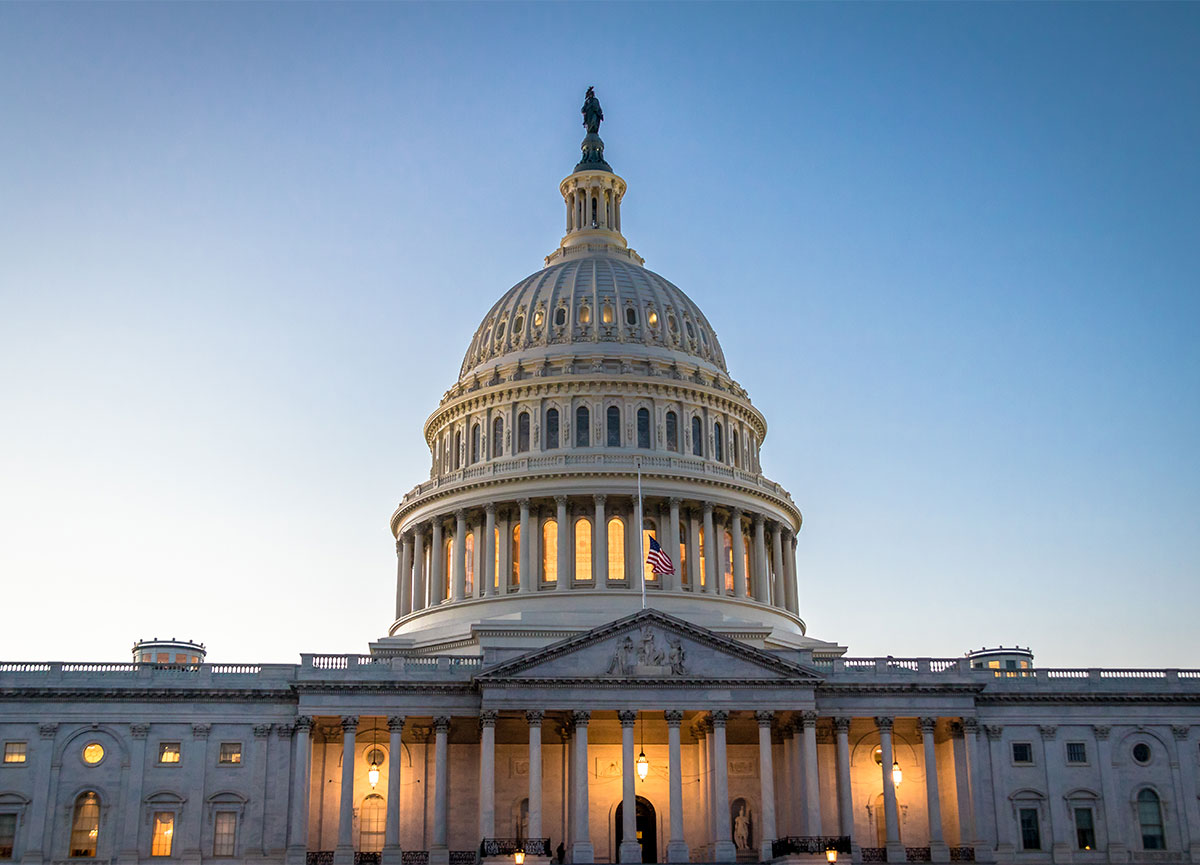

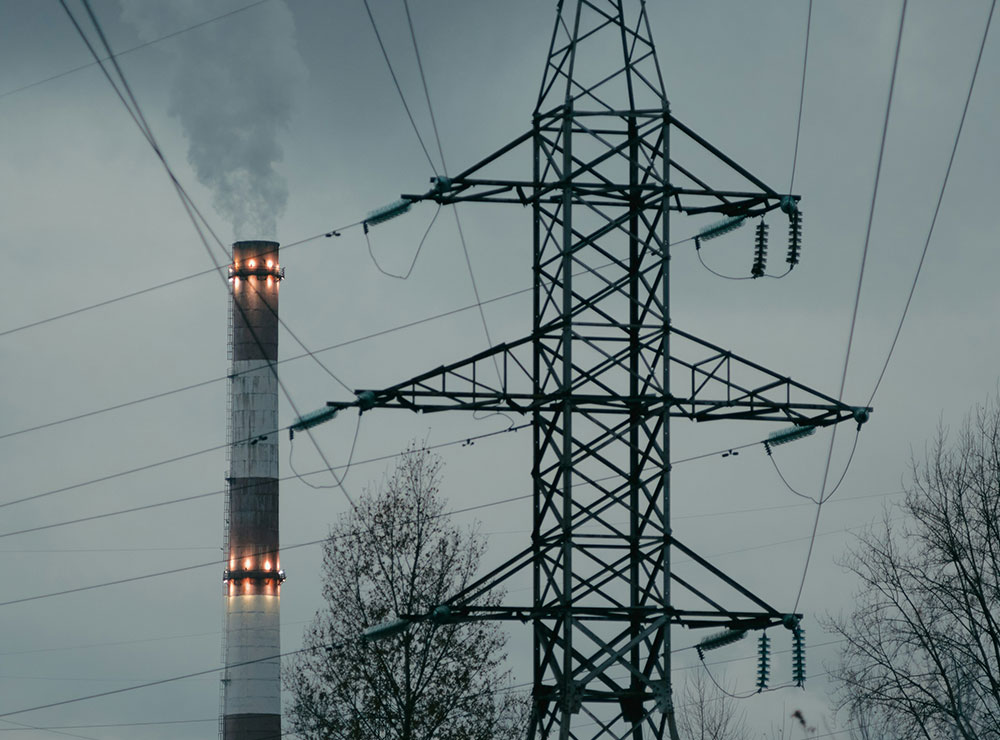
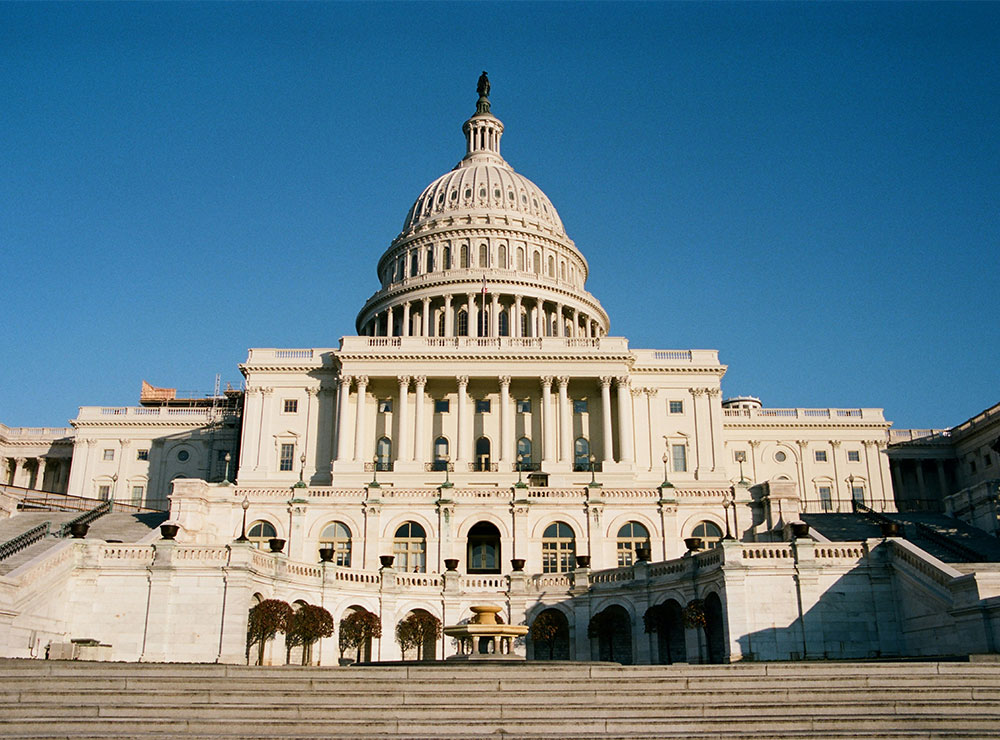
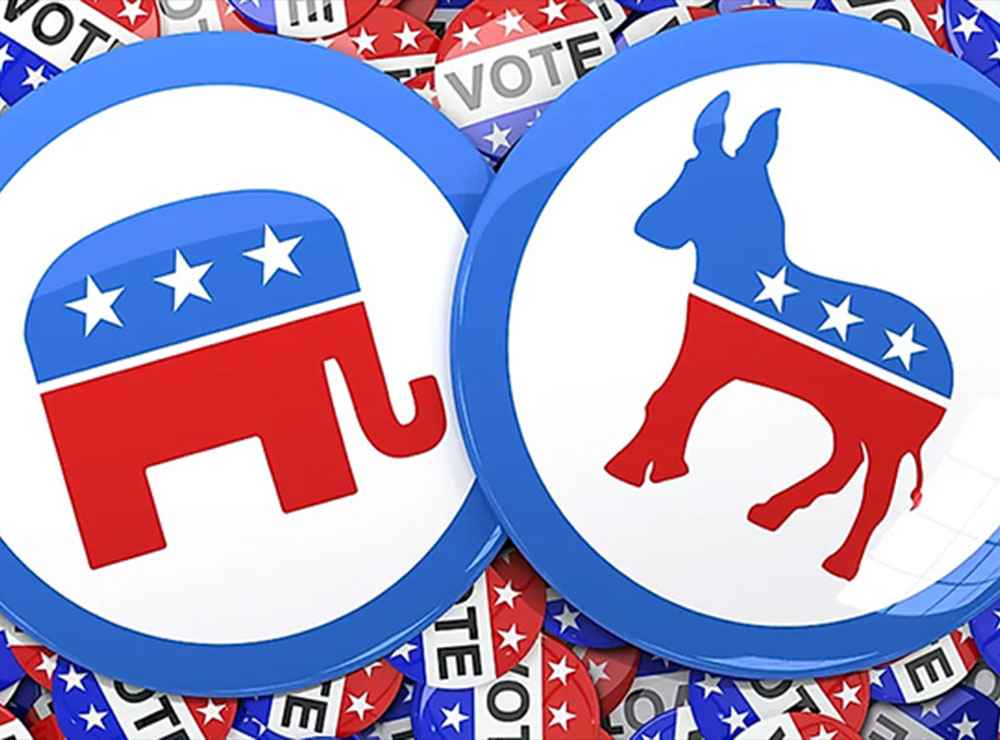
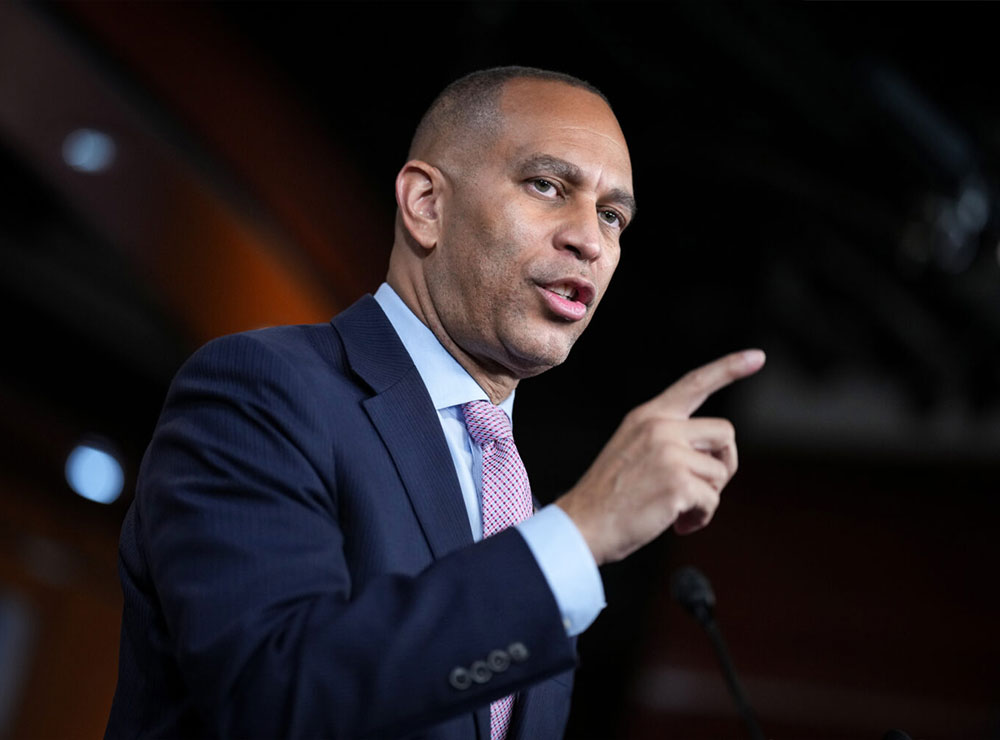

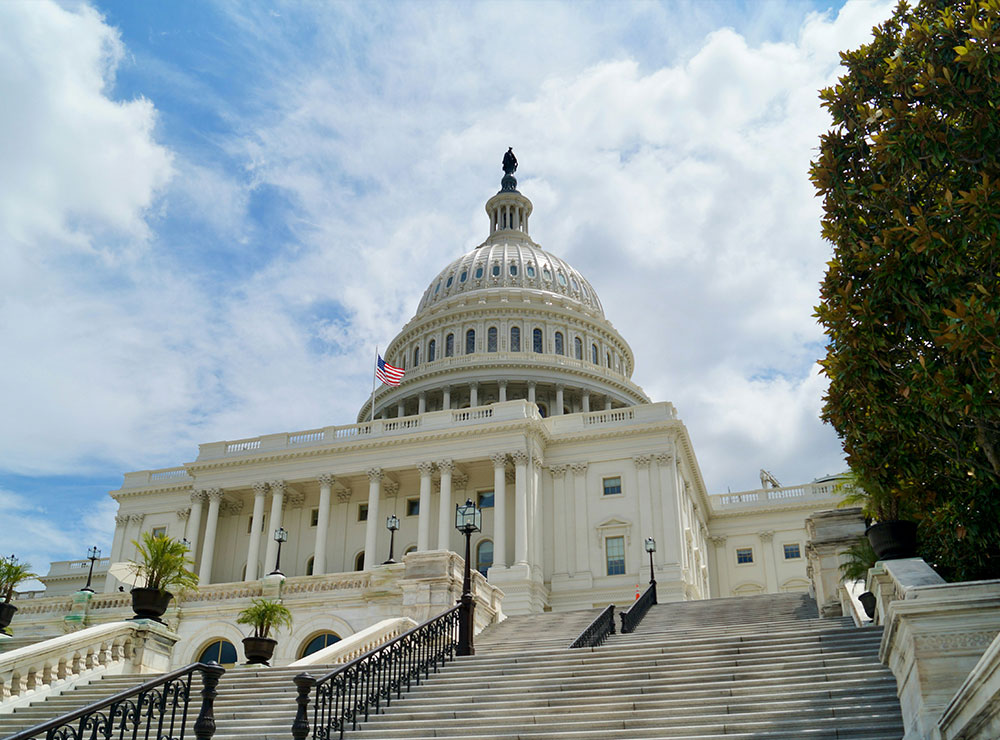


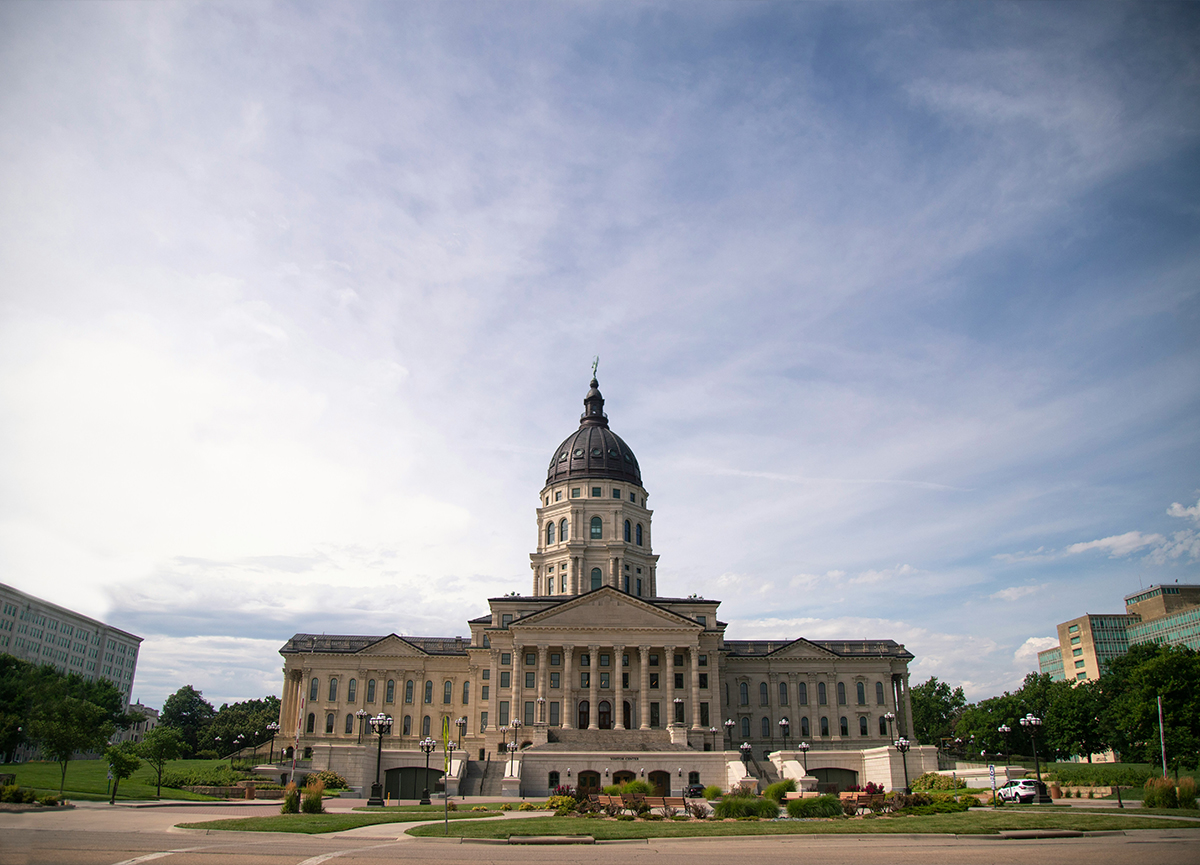
Leave a Reply